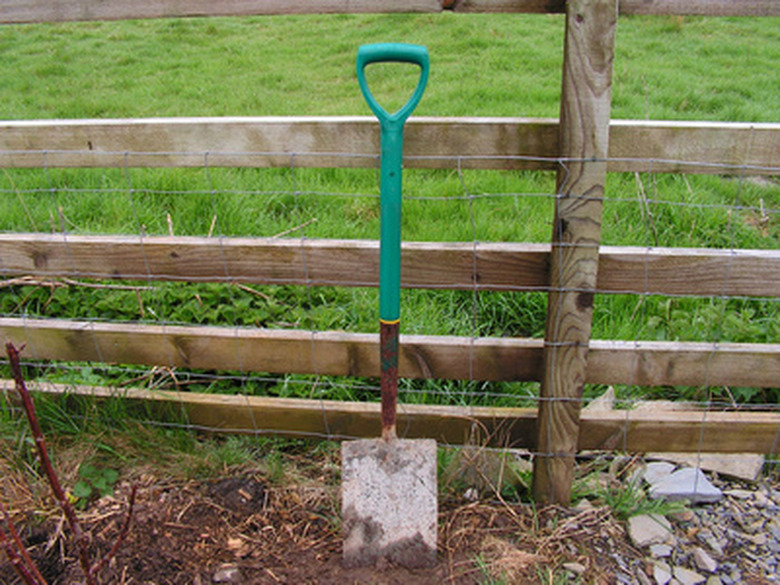October Planting In East Tennessee
East Tennessee tends to have a shorter growing season than the rest of the state, with winds and bitter temperatures coming as early as mid-September. With careful planning, gardeners may transplant some hardy perennials, trees or cool-season vegetables as late as early October.
Planting Perennials and Trees
Planting trees, shrubs and perennials in the fall, according to the University of Tennessee Institute of Agriculture, has many advantages over spring planting. Cool temperatures mean plants are less likely to suffer damage due to heat, and plants have time to become well-established before the heat of the following summer. Gardeners also have fewer other tasks in October, allowing more time to carefully tend new transplants.
Considerations
East Tennessee gardeners should consider the average time of first frost before planting. East Tennessee typically gets cold weather earlier than the rest of the state–as early as September 11 for Gatlinburg or as late as October 3 for Knoxville. Perennials and trees need some time to establish roots while temperatures are still between 45 and 50 degrees Fahrenheit, so early October is the latest time to transplant. For most east Tennessee communities, late August or September planting is preferable. Amend the soil with compost or other organic material and water well until the plant is established.
- East Tennessee tends to have a shorter growing season than the rest of the state, with winds and bitter temperatures coming as early as mid-September.
- Perennials and trees need some time to establish roots while temperatures are still between 45 and 50 degrees Fahrenheit, so early October is the latest time to transplant.
Planting Vegetables
Warm-season vegetables, such as beans and tomatoes, should mature at least two weeks before the first expected frost, while cool-season vegetables should mature two weeks after the last frost, according to the University of Tennessee Extension. The last reasonable date to plant warm-season vegetables is August 15 depending on how fast the crop matures, while hardy cool-season vegetables, such as kale and spinach may be planted until mid-September. Vegetables planted after this time may not reach maturity before the first frost in east Tennessee.
Considerations
October and November are two of the driest months in Tennessee, according to the University of Tennessee Institute of Agriculture. Moisten soil before planting, and bury seeds 1/4 inch deeper in the soil than the package recommends to prevent seeds from drying out before they germinate. Fertilize vegetable plants at the time of planting with a balanced nitrogen fertilizer for vegetables, since any fertilizer applied in the spring has lost potency. Vegetables planted in the fall are more prone to disease, pests and weeds, and may require additional care.
- Warm-season vegetables, such as beans and tomatoes, should mature at least two weeks before the first expected frost, while cool-season vegetables should mature two weeks after the last frost, according to the University of Tennessee Extension.
- The last reasonable date to plant warm-season vegetables is August 15 depending on how fast the crop matures, while hardy cool-season vegetables, such as kale and spinach may be planted until mid-September.
Extending the Season
Cloches, row covers and polytunnels extend the growing season in east Tennessee by several weeks. These devices keep soil temperatures warm and protect plants from frost. Mulches also reduce moisture loss. If temperatures become unseasonably warm, remove protective devices or provide ventilation so plants don't burn.
